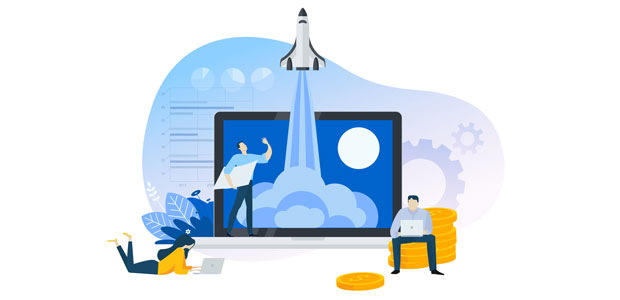
How to Develop a New Product From Concept to Market
The current business scene is extremely dynamic and competitive. To survive and thrive in such an environment, you must continuously develop new products to address customers’ ever-changing needs. And to do that you must understand how to bring a product idea to life. This guide will highlight the steps for developing a new product from concept generation to the introduction of the end product into the market.
Step One: Concept Generation
Concept generation is the first step in product development where you search for ideas about a new product. Your customers, employees, suppliers, competitors, journals, and newspapers can be a perfect source of fantastic new product ideas.
Other methods of coming up with new ideas include examining product descriptions and online stores for inspiration and recreating historical trends.
Step Two: Research
It’s tempting to jump straight to production once you have a new product concept in mind. But failing to validate your concept first can be a big misstep that can lead to an unsuccessful product, costing you time, energy, and money.
Product validation allows you to create a valuable product that’ll provide a solution that target customers are looking for. Here are a few tips to help you validate your product concepts.
- Share your ideas with your circle
- Seek feedback from forums like Reddi
- Launch online surveys to gather feedback. You can DIY this, but if you’d like to be more efficient you can outsource such services to call centre services to get it done for you.
- Use Google Trends to study online demand
- Start a 'coming soon' page to assess interest via pre-orders and email subscriptions
Whatever method you’ll use to validate your idea, you must ensure you’re getting feedback from a reliable and impartial audience. You’ll also need to perform a thorough competitor analysis. Remember, your idea will have higher odds of succeeding if there are other competing businesses already working in that niche.
Step Three: Planning
Without a solid plan in place, product development can hastily become difficult. So it’s wise to take your time to plan carefully before you start to create your prototype. To get started, create a sketch of how you’re envisioning your product to look like. Ensure the sketch is properly detailed. It should highlight all the numerous features and functions. It should also list down all the various components and materials you’ll require to actualise the idea.
Given that you won’t be submitting this sketch to a manufacturer at this level, you can do this task yourself. But if you don't think you can create a concrete sketch that will bring out the true picture of your product, it’s important to outsource this task to a competent illustrator.
Step Four: Prototyping
Prototyping entails creating a finished product that’ll be used as a model for mass production. It involves testing different versions of your product, gradually narrowing down options, and making adjustments until you come up with a perfect final model.
Prototyping varies widely based on the kind of product you’re creating. Some products like food recipes and a variety of cosmetic products are easy to prototype and you can even do it yourself. But others like shoes and clothing will require you to work with a third-party due to their technical nature.
Step Five: Sourcing
Now that you have a perfect product prototype, the next step is to find materials and partners required for production. This stage primarily involves finding manufacturing-related services, but you can still address issues like storage, delivery, and warehousing.
You can get reliable suppliers by performing a thorough online search. Local trade shows can be another great way of meeting many local suppliers and nurturing a personal connection with them. One thing that may come up in the sourcing stage is the option of producing your product either locally or abroad. These two options have their own merits and demerits, so be sure to do your due diligence.
Step Six: Costing
At this stage, you already have a clear idea of how much will go into producing your product. Costing involves reviewing all the information collected so far and calculating your Cost Of Goods Sold (COGS) to help you settle on a retail price and profit margin.
The main things that you should take into account when calculating your total COGS include costs of raw materials, setting up the factory, and manufacturing. Other things to factor in include import fees, shipping charges, and any other fee you’ll have to pay to ensure the final product reaches the target customer. With your total COGS now calculated, you can effortlessly determine the appropriate retail price for your final product. You can also determine the profit you’ll gain from each unit sold by subtracting the COGS from the retail price.
Step 7: Commercialisation and Launch
In this step, you’ll roll out a marketing campaign for your new product. The information you gathered during the research stage will help you know who to target and when to launch. A great way to spread the word about the new product is through your website. So, ensure your website is well designed and visible on major search engines.
Consider partnering with a competent SEO agency in New Jersey to help you optimise your website and improve its search engine ranking. Of course, you can also hire an expert local to where you are and in this case, you must do your own research.
The Parting Shot
Concentrate on developing unparalleled customer value in each of these seven steps. That way, you’ll develop a successful final product that your target customers will be delighted to buy.

